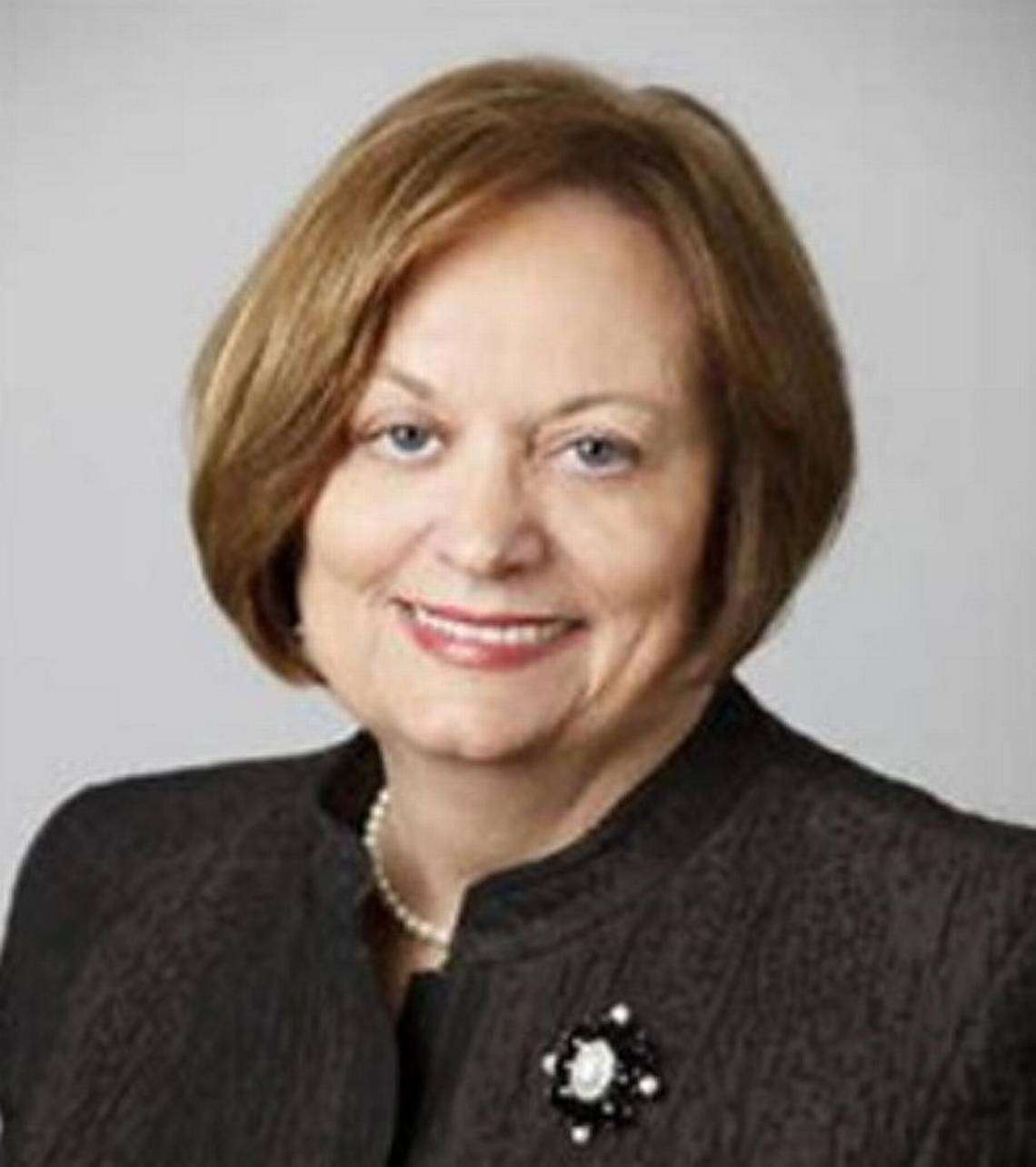
Consistent with conservative wishes when it comes to K-12 education, the 2023 “A Better Way” legislative agenda Kansas Republicans released a few days ago leans toward support for school choice Education Savings Accounts (ESAs).
Any significant upside here is that the legislative process provides plenty of time for the public to voice their own goals for public school improvement.
ESA legislation likely to be introduced in 2023 would allow parents to draw down individual per student state funding to use at a private school or for other educational expenses such as tutoring, transportation or extra-curricular services.

Can providing Kansas taxpayer dollars to parents to spend on their child’s learning be the magic bullet for education or do ESAs drain the Kansas school system of needed resources and nullify the intent of state and federal law?
Kansas already offers a wide array of school choice options for parents—traditional public schools, public charter schools, public magnet schools, private schools, online academies and homeschooling.
Open enrollment, which will go into effect in the 2024-25 school year, will permit any Kansas student to transfer schools based on the receiving school’s capacity.
An ESA is not a 529 education savings account plan, in Kansas called Learning Quest, where parents/anyone can invest their own dollars toward a child’s education. Funds accrued in a 529 account can be withdrawn tax-free if used to pay for college or other qualified education expenses including private schools.
The proposed ESA program is similar to voucher programs which originally allowed states to convert the amount of tax dollars going to support a child in public school to vouchers handed directly to parents for use at approved private schools.
The first voucher programs emerged in Southern states, during the 1950s shortly after American schools were desegregated. These vouchers were found unconstitutional by the U. S. Supreme Court in part because of selective-admission private school policies.
A resurgence in conservatism and voucher popularity began around 2000 and 15 states now have some form of revised voucher plans often called ESAs. These states’ laws are not uniform. Some limit recipients to high need students. Others allow funds for select learning services beyond private school tuition.
Recent successful lawsuits in Tennessee, South Carolina and Kentucky blocked the diversion of millions of taxpayer dollars from public schools to private school vouchers.
The Education Law Center Public Funds Public Schools tracks challenges to ESAs and found a recently filed New Hampshirelawsuit revealed Amazon as the largest ESA beneficiary in 2021, receiving 18% of funds released to parents.
ESA supporters point to West Virginia, Florida and Arizona as examples where ESAs contribute to student success, but verification is difficult to determine because it is often based on short-term, non-scientific data collection.
There is an enormous difference between parents’ right to choose education for their own children and parents having power to decide where distribution of taxpayer dollars will go.
In Kansas, ESAs may be less about the opportunity for school choice than about shifting taxpayer education dollars to corporate entities and selective-admission private schools.
There are other, better ways to fix problem schools.
Whether it’s rural, suburban or city schools, anytime taxpayer money goes out-the-door to private enterprise, schools lose resources and the American ideal of free public education for all is diminished.
Sharon Hartin Iorio is Dean Emerita Wichita State University College of Education.



